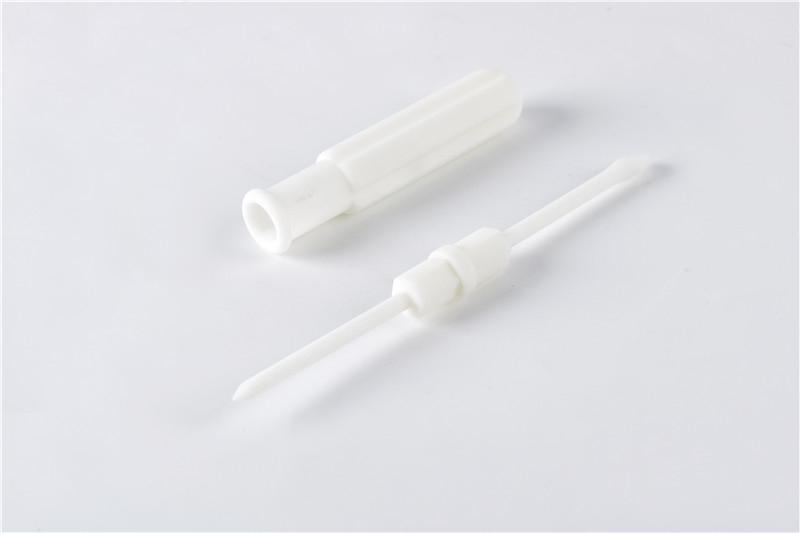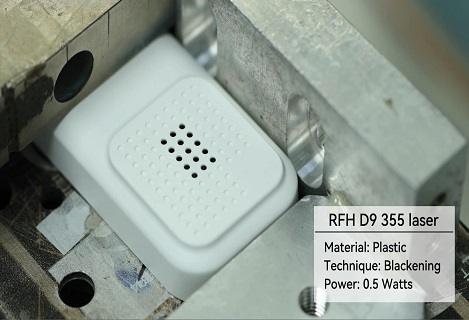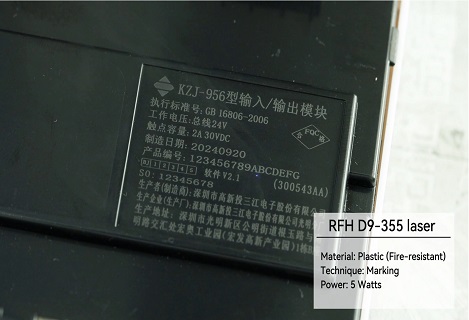
UV lasers have revolutionized the world of 3D SLA printing, offering unprecedented precision and versatility. This cutting-edge technology holds immense potential for various industries, from manufacturing to healthcare, enabling the creation of intricate and complex structures with exceptional detail.
UV lasers are the preferred choice for 3D SLA printing due to their ability to rapidly solidify liquid photopolymer resins. By emitting a powerful beam of ultraviolet light, these lasers trigger a photopolymerization process, causing the resin to solidify layer by layer, ultimately forming the desired 3D object.

One of the key advantages of UV lasers in 3D SLA printing is their ability to deliver high-resolution prints. With their extremely focused beam, UV lasers can achieve fine details and smooth surfaces, resulting in exceptional levels of intricacy and accuracy. This makes them a perfect fit for applications that require intricate geometries or delicate features, such as medical devices or jewelry.
Furthermore, UV lasers offer great flexibility in material compatibility. They can work efficiently with a wide range of photopolymer resins, including those with specific properties like flexibility, transparency, or biocompatibility. This versatility allows manufacturers and designers to explore and experiment with various materials, leading to innovative solutions and advancements in different industries.
In addition to their precision and material compatibility, UV lasers also boast impressive speed. These lasers can rapidly scan and solidify each layer of resin, significantly reducing production time compared to traditional manufacturing methods. This increased efficiency not only saves time but also enables faster prototyping and iteration, facilitating the development of new products and accelerating time-to-market.
As the demand for 3D printing continues to grow, UV lasers are poised to play a crucial role in shaping the future of additive manufacturing. Their ability to produce high-resolution prints with exceptional precision, combined with their versatility and speed, positions them as a vital component for various industries seeking to harness the full potential of 3D SLA printing.
In conclusion, UV lasers are revolutionizing 3D SLA printing by pushing the boundaries of what can be achieved in terms of precision, material compatibility, and speed. With their unique capabilities, these lasers are empowering manufacturers, designers, and innovators to create complex and highly detailed 3D structures, further advancing industries and propelling us into a new era of manufacturing possibilities.



































